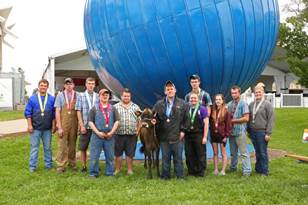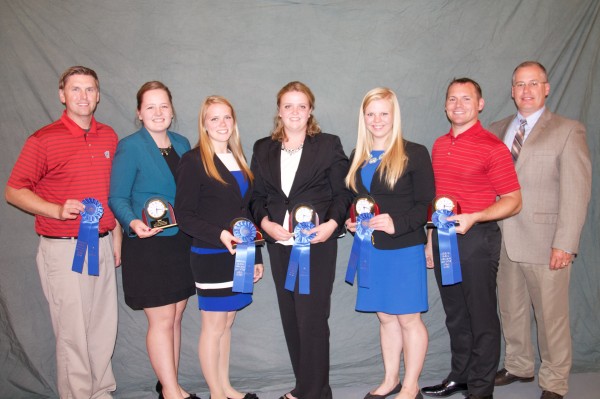Uncover the driving forces behind Wisconsin’s next-generation dairy leaders. Explore the passion and ingenuity that fuel their contributions to an industry indispensable to the state’s economic vitality.
Next-generation dairy leaders are starting to show up in the ever-changing field of agriculture, prepared to propel the sector toward sustainability and creativity. These people guarantee the dairy business grows by combining modern technologies and innovative techniques with traditional agricultural expertise. Taking advantage of possibilities and overcoming obstacles, their impact is important.
But who are this new generation dairy leaders? Young, aspirational professionals from family farms, agribusiness industries, and agricultural colleges come from Emphasizing sustainability, good communication, and flexibility, they incorporate new technology, support laws, and inform the public on the everyday and financial value of dairy.
Come explore with us the unique traits of these leaders, the projects they spearhead, and the possibilities and problems these leaders face. Understanding their path will help you to value their important part in the direction of the dairy sector. Join us to see what motivates the next generation of dairy executives to keep pushing innovation.
Adaptability, Collaboration, and Commitment: Essential Traits for Next-Gen Dairy Leaders
Next-generation dairy executives have to possess certain traits to negotiate the changing terrain of their sector. Crucially is adaptation and adopting new technology. As Xavier Drake from Lely North America points out, adaptability and lifelong learning are very crucial. This implies not just appreciating technical developments but also actively participating in ideas that increase profitability and efficiency.
Not less crucial are teamwork and good communication abilities. Modern dairy executives have to coordinate well amongst many teams and companies. Lely North America’s Chad Huyser stresses taste, critical thinking, and clear communication as means of overcoming problems. Operations and performance may be much improved by articulating visions, working on plans, and including other points of view.
At last, the dairy leaders of today have to be really dedicated to sustainability and animal welfare. Leaders have to make sure operations are profitable and appropriate for environmentally concerned customers as more people worldwide pay attention on moral behavior. This entails maintaining high standards of animal care and using environmentally friendly technology to build industry sustainability and customer confidence.
Next-Gen Leadership in the Dairy Industry: Sustainability, Innovation, and Advocacy
With their dedication to sustainability, creativity, and advocacy, next-generation leaders are driving the pace in the ever-changing dairy industry.
These executives use data analytics to direct their decisions. From herd health to milk output, they utilize data to simplify processes, increase output, and guarantee animal welfare—all of which eventually helps to improve profitability.
Next-generation leaders responding to shifting customer tastes are creating new dairy products like lactose-free, high-protein, and probiotic-infused varieties. Keeping aware of consumer needs helps them to maintain the dairy sector competitive and relevant with superior products.
Understanding the importance of supporting policies, these leaders encourage sustainable incentives and fair trade practices. Their initiatives seek to negotiate market obstacles and tight rules so that dairy farms may flourish in a favorable environment.
The Multidimensional Landscape: Challenges and Opportunities for Next-Generation Dairy Leaders
Next-generation leaders in the dairy sector have both difficult problems and possibilities as the sector changes. Key problems exacerbated by an aging population include labor shortages and workforce development. Young leaders have to support policies that draw fresh talent and welcome creative training initiatives. The direction of dairy depends on our capacity for creativity and adaptation.
Another great difficulty is shifting market dynamics and competition. Volatile global dairy markets and changing demand threaten traditional strongholds. Essential are a strong awareness of market trends and strategic agility. Next-generation leaders have to investigate fresh export markets, diversify product lines, and build close customer interactions using open marketing strategies.
- New export markets: Identifying and penetrating untapped markets can mitigate local pressures.
- Diversified product lines: A broader range of dairy products can cater to changing consumer preferences.
- Transparent marketing: Building trust through transparency can enhance consumer loyalty.
Using technology to increase profitability and efficiency presents both possibilities and problems. For dairy enterprises, precision farming equipment and data analytics have transforming power. Accepting these technology guarantees sustainability, improves animal care, and best uses resources.
Those executives from next generations who use these technologies will simplify processes and open the path for a strong and creative sector.
The Bottom Line
The shape of the dairy sector going forward depends much on next-generation dairy leaders. Their flexibility, teamwork, and dedication help them to carry out creative ideas including sustainable ones. These leaders are not just running farms but also include cutting-edge technology, promoting inclusive education, and linking customers with agriculture.
Leaders in the dairy business should welcome these developments as they transform their sector. By means of education, internships, and community involvement, they guarantee the growth and fortitude of dairy farming. Let us preserve quality and environmental preservation while driving innovation and sustainability to fulfill world needs. Your diligence now will determine the achievements of future.
Key Takeaways:
- The author’s personal connection to dairy farming traces back to their great-grandparents’ dairy farm from the late 1800s.
- Currently working with Dairy Farmers of Wisconsin, the author is involved in organizing June Dairy Month activities to align with industry goals.
- June Dairy Month strengthens public trust by connecting consumers to local farmers and advancing transparency in production practices.
- Agricultural education initiated at the middle school level promotes early industry engagement and awareness of agriculture’s economic significance.
- The author’s experiences and internships in agribusiness have been enriched by interactions with industry experts, fueling their commitment to a career supporting dairy farmers and consumers.
- Encouraging young leadership and fostering educational programs are crucial for addressing future challenges and sustaining the dairy industry’s economic contribution to Wisconsin.
Summary:
Next-generation dairy leaders are emerging in the agriculture sector, combining modern technologies and traditional expertise. These young professionals prioritize sustainability, good communication, and flexibility, and must possess traits such as adaptability, collaboration, and commitment to navigate the changing landscape. They use data analytics to direct decisions, simplify processes, increase output, and ensure animal welfare. They respond to shifting customer tastes by creating new dairy products like lactose-free, high-protein, and probiotic-infused varieties. They understand the importance of supporting policies, encouraging sustainable incentives, fair trade practices, and negotiating market obstacles to ensure dairy farms thrive. The dairy sector faces challenges and opportunities, including labor shortages and workforce development, and must support policies that attract fresh talent and welcome creative training initiatives. They must also be aware of market trends, diversify product lines, and build close customer interactions using open marketing strategies. The future of the dairy sector depends on their flexibility, teamwork, and dedication.
Learn More:
For more insights on creating a legacy in dairy farming, check out Creating a Lasting Dairy Farm Legacy: 5 Essential Steps You Need to Know.
Explore the latest priorities in the dairy industry by reading Dairy Executives’ Top Priorities: Sustainability Climbs Up, Talent Development Takes the Lead.
Delve into technological advancements shaping the future of dairy with Embracing the Future: The Latest Innovations in Dairy Technology and their Impact on the Industry.





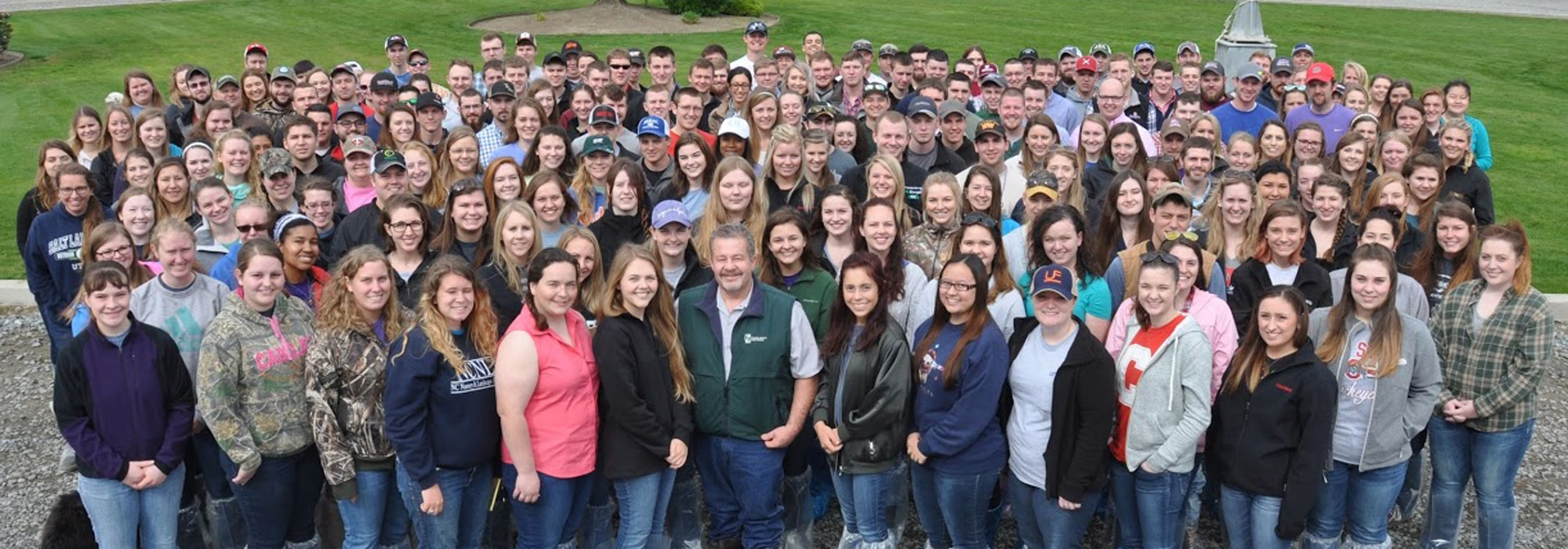

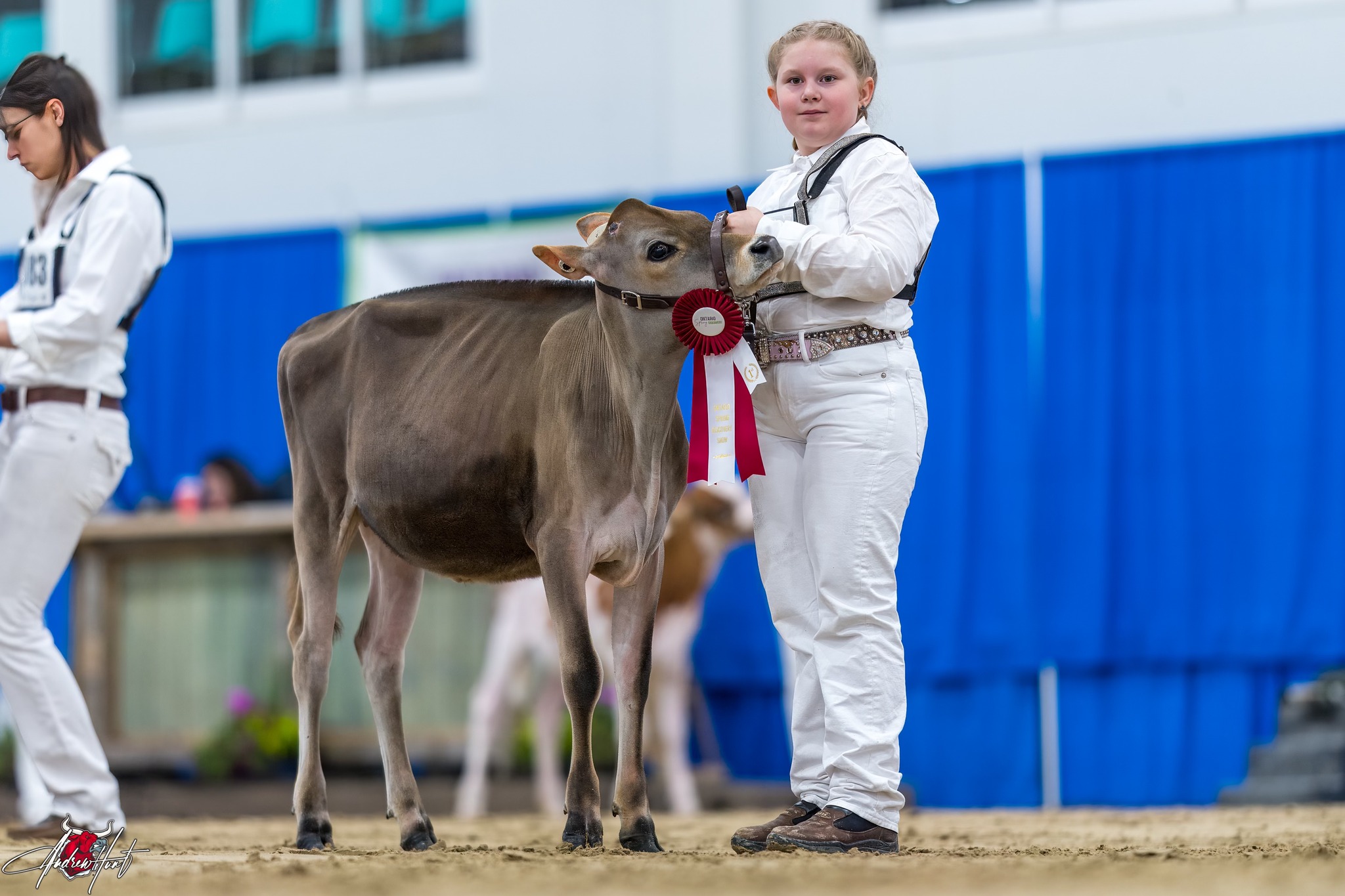 Stepping into the
Stepping into the 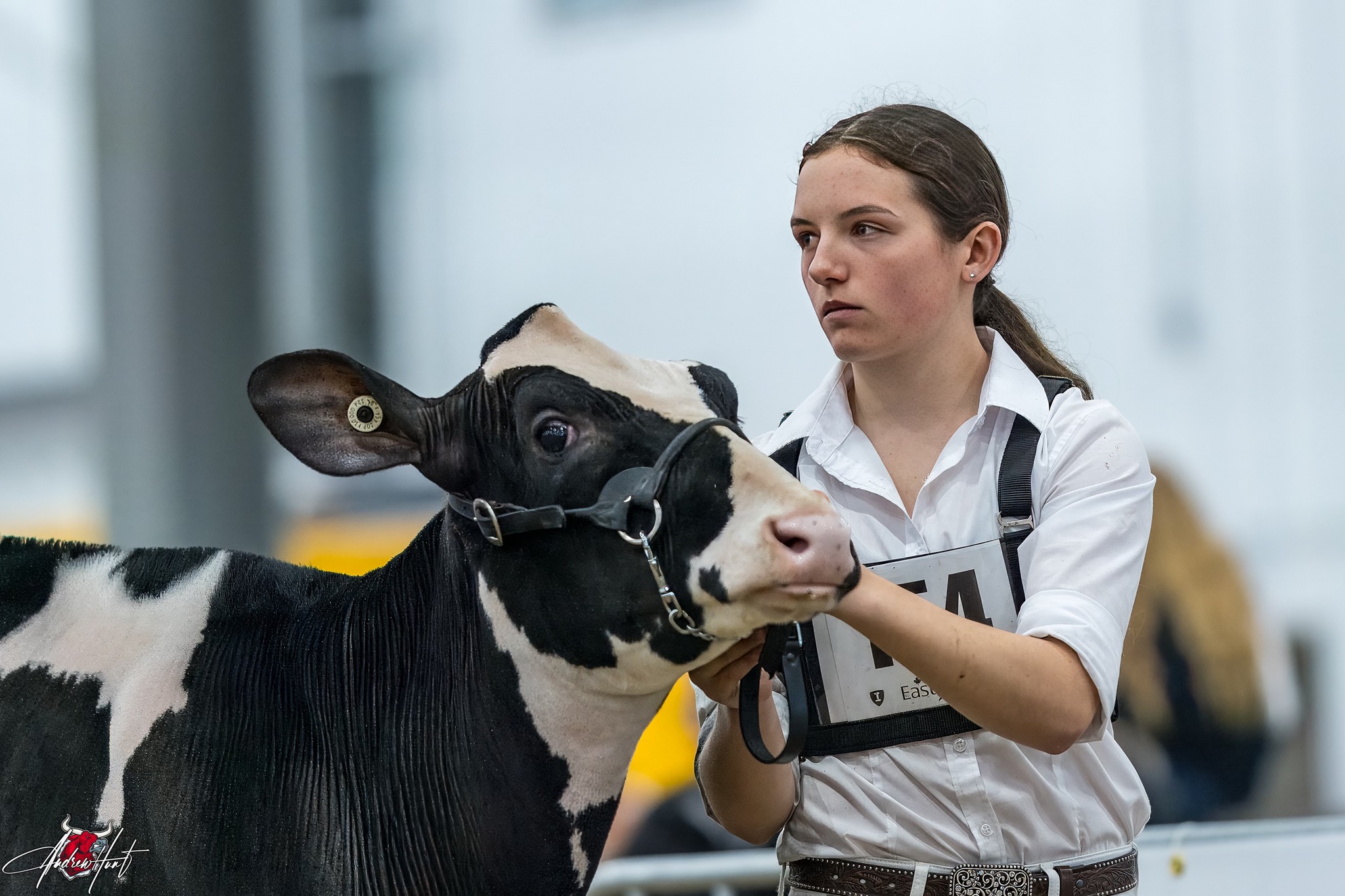 Indeed, you’re right in perceiving that the dairy cattle show ring encourages the fine-tuning of life-altering skills. One such significant area of development is discipline. The rigor and commitment that children have to put in to prepare their livestock for shows is remarkable. They need to abide by strict schedules for feeding, grooming, and training, which often involves waking up at the break of dawn and managing a multitude of tasks effectively. This stringent regimen is a testament to the development of discipline, and here’s why:
Indeed, you’re right in perceiving that the dairy cattle show ring encourages the fine-tuning of life-altering skills. One such significant area of development is discipline. The rigor and commitment that children have to put in to prepare their livestock for shows is remarkable. They need to abide by strict schedules for feeding, grooming, and training, which often involves waking up at the break of dawn and managing a multitude of tasks effectively. This stringent regimen is a testament to the development of discipline, and here’s why: 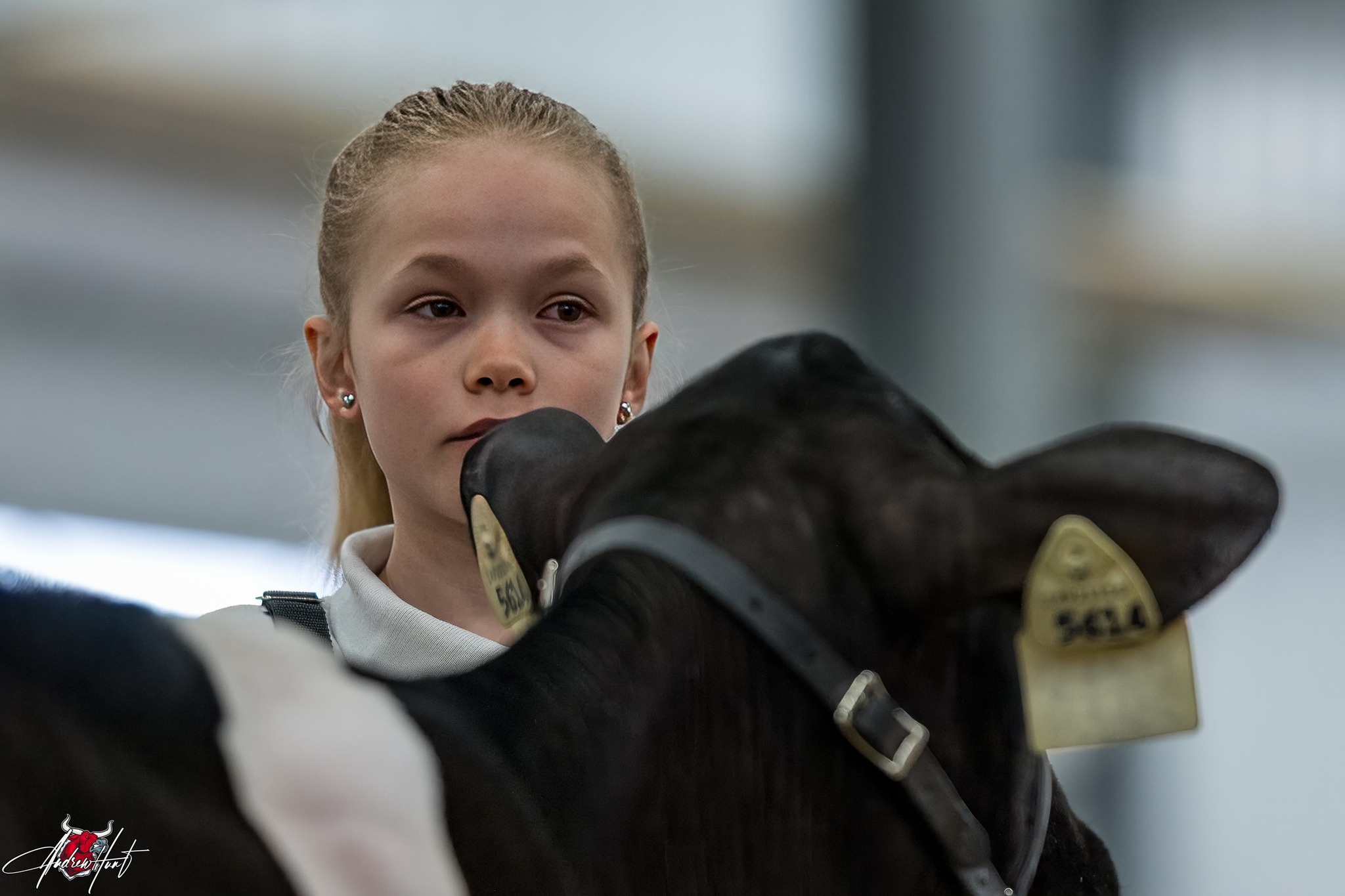 The magic of teamwork and competition really unfolds when you dive deeper into the world of dairy cattle shows. Beyond the surface, these events provide an enriching and multidimensional atmosphere for learning. It’s not just about parading cattle – it fosters key life skills, specifically teamwork and healthy competition. The environment of the cattle show ring offers rewarding experiences that help build your collaborative and competitive abilities.
The magic of teamwork and competition really unfolds when you dive deeper into the world of dairy cattle shows. Beyond the surface, these events provide an enriching and multidimensional atmosphere for learning. It’s not just about parading cattle – it fosters key life skills, specifically teamwork and healthy competition. The environment of the cattle show ring offers rewarding experiences that help build your collaborative and competitive abilities.  As they immerse themselves in the dairy cattle show ring, young participants garner a unique perspective into animal conduct, well-being, and rights. This experience deeply fosters empathy and nurtures an enduring reverence for livestock. By embracing these values, exhibitors understand that triumph isn’t solely centered around personal feats or rivalry. Instead, the well-being of their livestock stands as a fundamental priority.
As they immerse themselves in the dairy cattle show ring, young participants garner a unique perspective into animal conduct, well-being, and rights. This experience deeply fosters empathy and nurtures an enduring reverence for livestock. By embracing these values, exhibitors understand that triumph isn’t solely centered around personal feats or rivalry. Instead, the well-being of their livestock stands as a fundamental priority.  Showing dairy cattle also builds confidence. Young people must present their animals in the ring, sometimes explaining their work to judges or onlookers. This develops their public speaking skills and self-confidence, as they learn to communicate effectively and assert themselves in public settings.
Showing dairy cattle also builds confidence. Young people must present their animals in the ring, sometimes explaining their work to judges or onlookers. This develops their public speaking skills and self-confidence, as they learn to communicate effectively and assert themselves in public settings. Finally, dairy cattle shows provide a fantastic opportunity for networking. Young participants meet others with similar interests, leading to friendships and mentorships that can last a lifetime. These relationships often provide educational and professional opportunities well beyond their early showing years.
Finally, dairy cattle shows provide a fantastic opportunity for networking. Young participants meet others with similar interests, leading to friendships and mentorships that can last a lifetime. These relationships often provide educational and professional opportunities well beyond their early showing years.





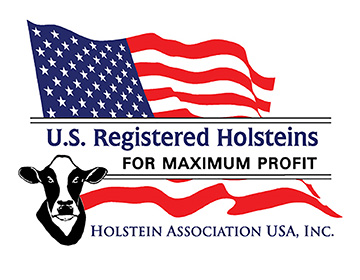 The National Junior Holstein Association is a dynamic organization for youth under the age of 21, with over 8,000 active members in 48 states. Eight finalists have been named in Holstein Association USA’s annual
The National Junior Holstein Association is a dynamic organization for youth under the age of 21, with over 8,000 active members in 48 states. Eight finalists have been named in Holstein Association USA’s annual 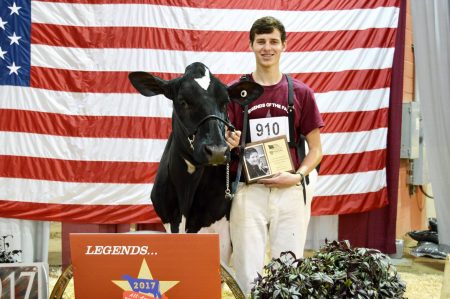 Daniel Kitchen of Danville, Pa. is the recipient of the 2017 National Judi Collinsworth Outstanding Exhibitor Award from Holstein Association USA, Inc. This award recognizes youth for their outstanding Holstein project work and involvement with their cattle and dairy activities. Kitchen is the thirteenth Junior Holstein member to receive this honor, and receives a $500 scholarship.
Daniel Kitchen of Danville, Pa. is the recipient of the 2017 National Judi Collinsworth Outstanding Exhibitor Award from Holstein Association USA, Inc. This award recognizes youth for their outstanding Holstein project work and involvement with their cattle and dairy activities. Kitchen is the thirteenth Junior Holstein member to receive this honor, and receives a $500 scholarship. In my experiences growing up on a farm, and in my line of work, I have interacted with a wide variety of people. Since an early age, I have always believed you can identify quickly upon meeting someone whether or not he or she grew up on a farm, have worked on a farm, or possess the ‘farm kid’ mentality. These students and young professionals possess recognizable talents and abilities that allow them to stand out from their peers. Without further ado (and in no particular order) here are the top 10 qualities kids that grew up on a farm bring to the workplace.
In my experiences growing up on a farm, and in my line of work, I have interacted with a wide variety of people. Since an early age, I have always believed you can identify quickly upon meeting someone whether or not he or she grew up on a farm, have worked on a farm, or possess the ‘farm kid’ mentality. These students and young professionals possess recognizable talents and abilities that allow them to stand out from their peers. Without further ado (and in no particular order) here are the top 10 qualities kids that grew up on a farm bring to the workplace.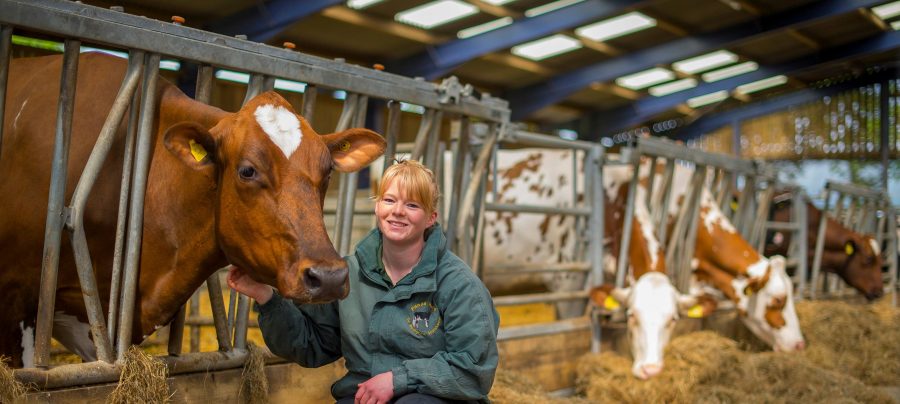
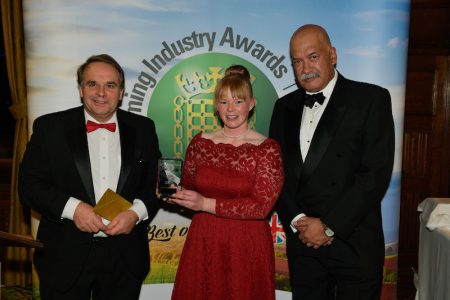
 Charlie Hamilton admits that he let his schoolwork slide in early October. The University of Wisconsin-Madison senior figured his time would be better spent flipping sandwiches on a grill or cleaning up after cows.
Charlie Hamilton admits that he let his schoolwork slide in early October. The University of Wisconsin-Madison senior figured his time would be better spent flipping sandwiches on a grill or cleaning up after cows.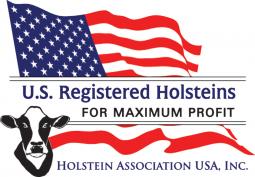 Holstein Association USA is pleased to recognize several youth every year for their achievements in breeding and developing exceptional Registered Holstein® cows. National Junior Star Performer Award
Holstein Association USA is pleased to recognize several youth every year for their achievements in breeding and developing exceptional Registered Holstein® cows. National Junior Star Performer Award  The proposed 2017-2018 PA State Budget does not include any funding for the All-American Dairy Show or the Keystone International Livestock Exposition. The PA State Budget meetings are in their final negotiations. If the proposed budget passes, that means zero dollars from the state to support two of the largest premier agricultural events in the nation. These unique events do so much for our state’s economy, the local economy, PA agriculture, and most importantly, OUR YOUTH.
The proposed 2017-2018 PA State Budget does not include any funding for the All-American Dairy Show or the Keystone International Livestock Exposition. The PA State Budget meetings are in their final negotiations. If the proposed budget passes, that means zero dollars from the state to support two of the largest premier agricultural events in the nation. These unique events do so much for our state’s economy, the local economy, PA agriculture, and most importantly, OUR YOUTH.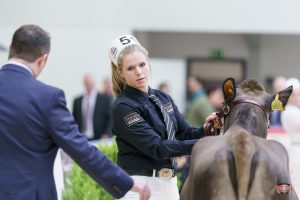 Andrew Swale of the UK Classifier team gives his take on how we can all learn and benefit from competitions.
Andrew Swale of the UK Classifier team gives his take on how we can all learn and benefit from competitions.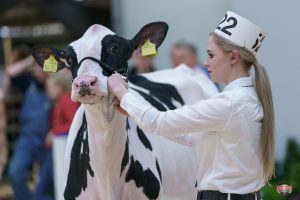 The learning does not stop when we become ‘too old’ for HYB; many of us attend our Club judging evenings and local shows, all with the view to seeing what animals are presented and how we would place them if we had been asked to ‘be in charge of proceedings’. Every time we do this we are increasing our knowledge of the breed, often alongside learning about the wider industry and, indeed, ourselves as we take a walk around the host farm/event. How many of us have gone home from an event and looked up the pedigree of an animal on the Holstein webpage, reviewed their ancestry and clicked on the factsheet to look at her linears? Before you know it you have reviewed half a dozen cows in the herd and spent some time learning without even realising it!
The learning does not stop when we become ‘too old’ for HYB; many of us attend our Club judging evenings and local shows, all with the view to seeing what animals are presented and how we would place them if we had been asked to ‘be in charge of proceedings’. Every time we do this we are increasing our knowledge of the breed, often alongside learning about the wider industry and, indeed, ourselves as we take a walk around the host farm/event. How many of us have gone home from an event and looked up the pedigree of an animal on the Holstein webpage, reviewed their ancestry and clicked on the factsheet to look at her linears? Before you know it you have reviewed half a dozen cows in the herd and spent some time learning without even realising it!
 As family farms and ranches grow, both in dollars handled annually, and the number of individuals involved, a business approach to family and non-family employee management should be considered.
As family farms and ranches grow, both in dollars handled annually, and the number of individuals involved, a business approach to family and non-family employee management should be considered. Undergraduate students — 230 in total — from 37 colleges across North America traveled to Visalia, Calif., for the 16th annual Dairy Challenge (NAIDC). Seven dairy farms participated in the educational event. Dairy students worked to improve their dairy management and communication skills, networked with other students, and explored industry careers. Dairy Challenge is a unique, real-world experience where dairy students work as a team and apply their college coursework to evaluate and provide practical solutions for an operating dairy farm. In Visalia, two programs ran concurrently — the 16th national Dairy Challenge contest and the fifth annual Dairy Challenge Academy. The events were coordinated by the NAIDC Board of Directors and the western planning committee.
Undergraduate students — 230 in total — from 37 colleges across North America traveled to Visalia, Calif., for the 16th annual Dairy Challenge (NAIDC). Seven dairy farms participated in the educational event. Dairy students worked to improve their dairy management and communication skills, networked with other students, and explored industry careers. Dairy Challenge is a unique, real-world experience where dairy students work as a team and apply their college coursework to evaluate and provide practical solutions for an operating dairy farm. In Visalia, two programs ran concurrently — the 16th national Dairy Challenge contest and the fifth annual Dairy Challenge Academy. The events were coordinated by the NAIDC Board of Directors and the western planning committee. A 10 point action plan aimed at kick-starting a new generation of farmers by dramatically increasing the number of starter opportunities on public land has been published.
A 10 point action plan aimed at kick-starting a new generation of farmers by dramatically increasing the number of starter opportunities on public land has been published.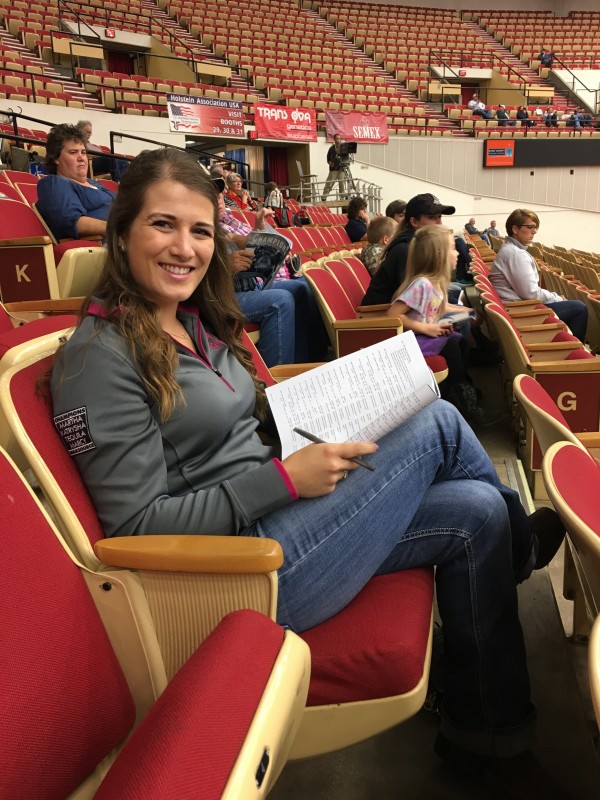

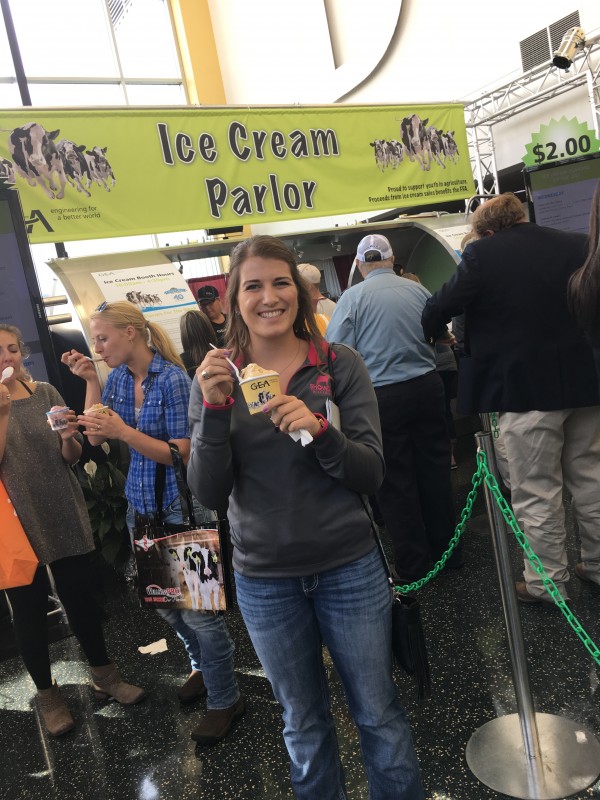

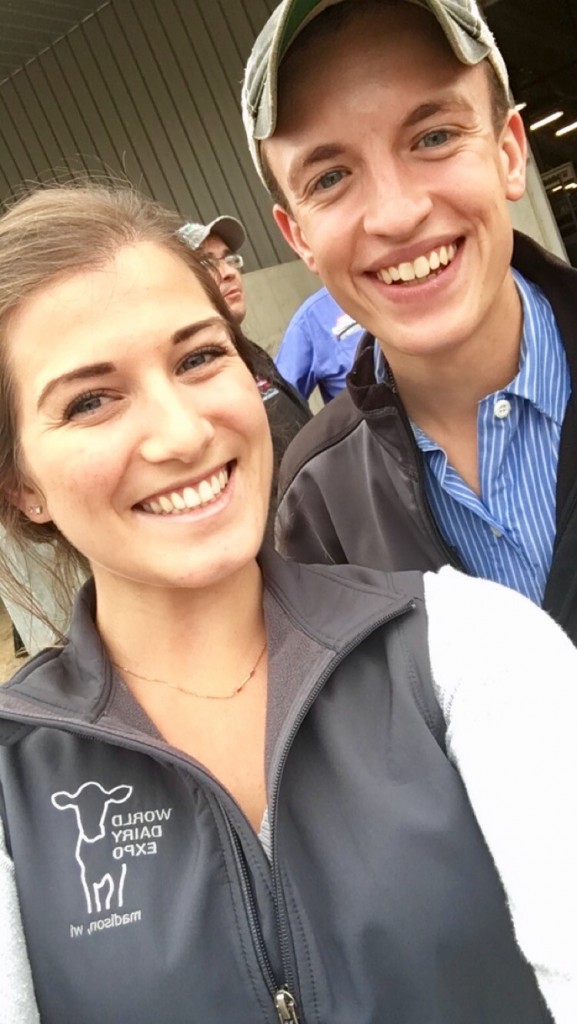
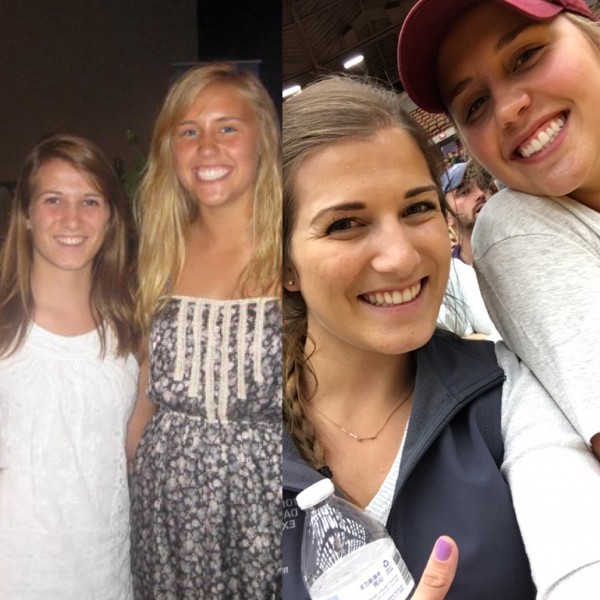
 18-year-old Katie Anderson from Yarroweyah has been awarded the coveted Dairy Youth Travel Scholarship at the 2016 Royal Melbourne Show.
18-year-old Katie Anderson from Yarroweyah has been awarded the coveted Dairy Youth Travel Scholarship at the 2016 Royal Melbourne Show.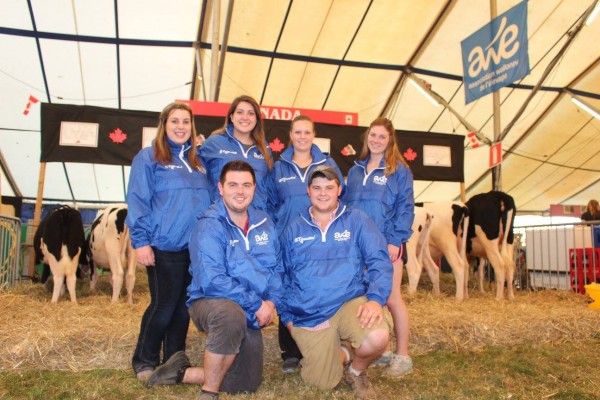
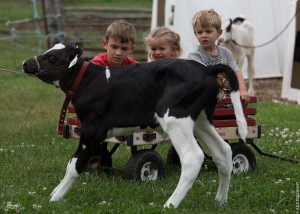 FARM KIDS ON THE HIGHWAY. ARE THEY SAFE or SORRY?
FARM KIDS ON THE HIGHWAY. ARE THEY SAFE or SORRY?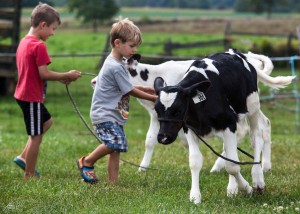 IS MONEY AT THE ROOT OF ALL FARM KID EVIL?
IS MONEY AT THE ROOT OF ALL FARM KID EVIL?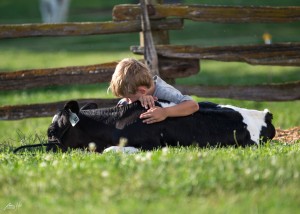 Farm Youth Are Being TARGETED by Animal Rights ACTIVISTS
Farm Youth Are Being TARGETED by Animal Rights ACTIVISTS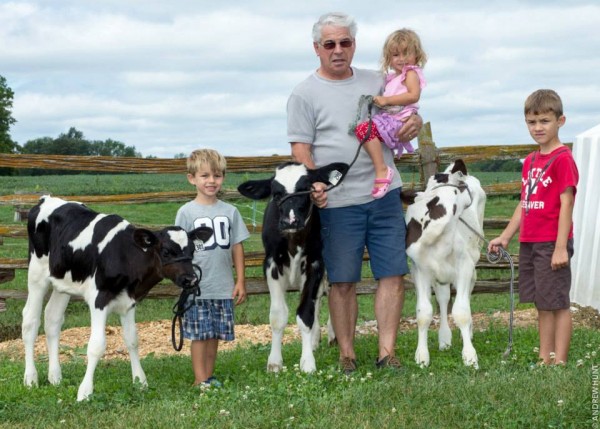
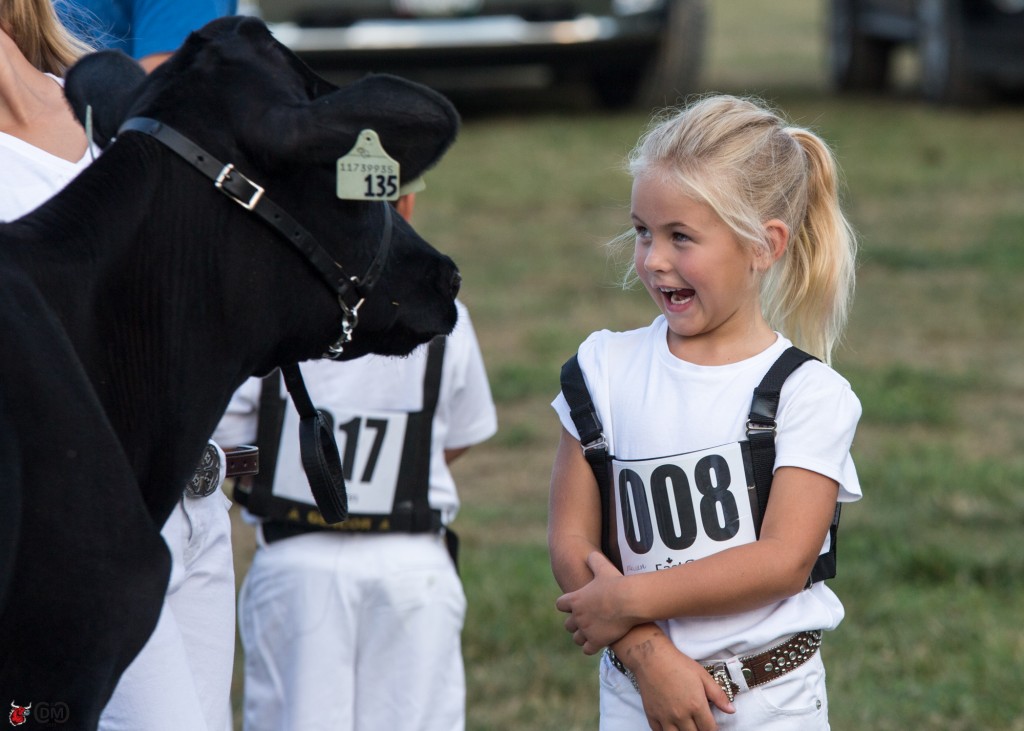
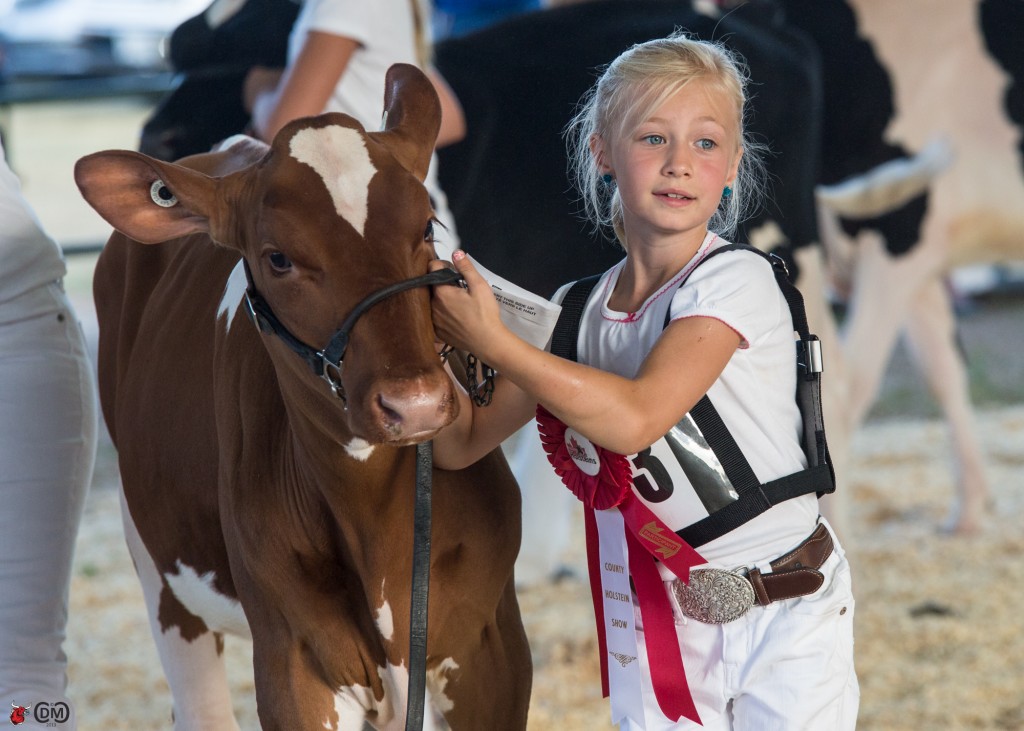
![DSC04112[1]](https://www.thebullvine.com/wp-content/uploads/2016/09/DSC041121-300x200.jpg)
![DSC05399[1]](https://www.thebullvine.com/wp-content/uploads/2016/09/DSC053991-200x300.jpg)
![13248405_10153607544920418_8108046256094181155_o[1]](https://www.thebullvine.com/wp-content/uploads/2016/05/13248405_10153607544920418_8108046256094181155_o1-600x400.jpg)
![13227593_10153607545325418_460278589106854411_o[1]](https://www.thebullvine.com/wp-content/uploads/2016/05/13227593_10153607545325418_460278589106854411_o1-600x400.jpg)
![13247689_10153607547310418_4280265197726130755_o[1]](https://www.thebullvine.com/wp-content/uploads/2016/05/13247689_10153607547310418_4280265197726130755_o1-600x400.jpg)
![13147598_10153475770562051_1496234763684020853_o[1]](https://www.thebullvine.com/wp-content/uploads/2016/05/13147598_10153475770562051_1496234763684020853_o1-600x450.jpg)
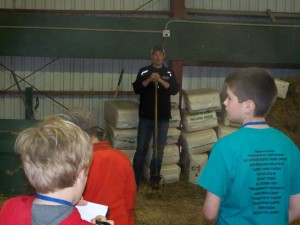
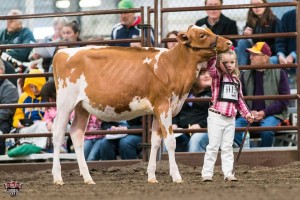 At any given time, a livestock or horse show can be exciting, stressful, emotional and exhausting for competitors and their parents. With all of the buzzing around and competition, the environment is ripe with opportunity to behave in a very unsportsmanlike manner; parents, this is your opportunity to lead by example!
At any given time, a livestock or horse show can be exciting, stressful, emotional and exhausting for competitors and their parents. With all of the buzzing around and competition, the environment is ripe with opportunity to behave in a very unsportsmanlike manner; parents, this is your opportunity to lead by example!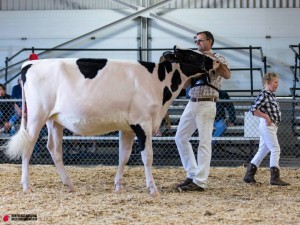 Don’t criticize others. The old adage “if you don’t have anything nice to say, don’t say anything at all” can go a long way. We all have opinions; however, it is up to us how to word those opinions so they don’t hurt or disparage anyone else. We may not agree with the judge’s placing that day or perhaps we would have managed the show differently, but we must show respect to those people because after all, they’re all people. The beauty of life is that we don’t all think and operate the same way. Finding the value in another person’s critique of our performance, learning about different ways to manage shows and observing others free from judgement allows us to learn a great deal.
Don’t criticize others. The old adage “if you don’t have anything nice to say, don’t say anything at all” can go a long way. We all have opinions; however, it is up to us how to word those opinions so they don’t hurt or disparage anyone else. We may not agree with the judge’s placing that day or perhaps we would have managed the show differently, but we must show respect to those people because after all, they’re all people. The beauty of life is that we don’t all think and operate the same way. Finding the value in another person’s critique of our performance, learning about different ways to manage shows and observing others free from judgement allows us to learn a great deal. Holstein Association USA has announced the finalists in the 2016 Young Distinguished Junior Member (YDJM) competition. The YDJM award is the highest honor a Holstein Association Junior member between the ages of 9 and 16 can achieve.
Holstein Association USA has announced the finalists in the 2016 Young Distinguished Junior Member (YDJM) competition. The YDJM award is the highest honor a Holstein Association Junior member between the ages of 9 and 16 can achieve.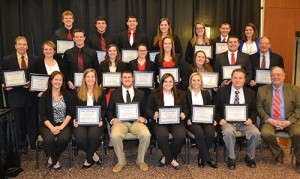 Nearly 250 future leaders of the dairy industry gathered in Syracuse, New York, for the national Dairy Challenge held April 7-9, 2016. The event brought together 39 colleges from 29 states and three Canadian provinces to learn technical dairy skills, network with other students and explore industry careers and innovation.
Nearly 250 future leaders of the dairy industry gathered in Syracuse, New York, for the national Dairy Challenge held April 7-9, 2016. The event brought together 39 colleges from 29 states and three Canadian provinces to learn technical dairy skills, network with other students and explore industry careers and innovation.















